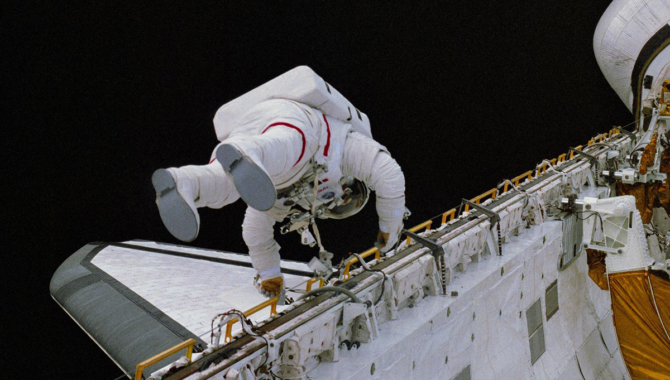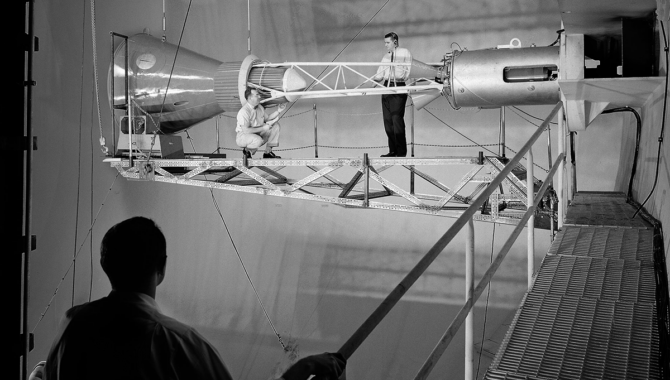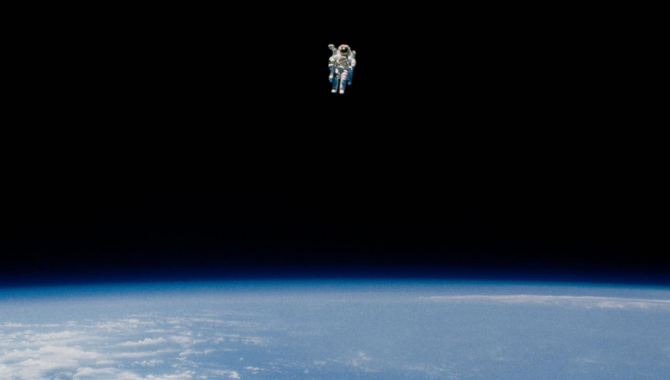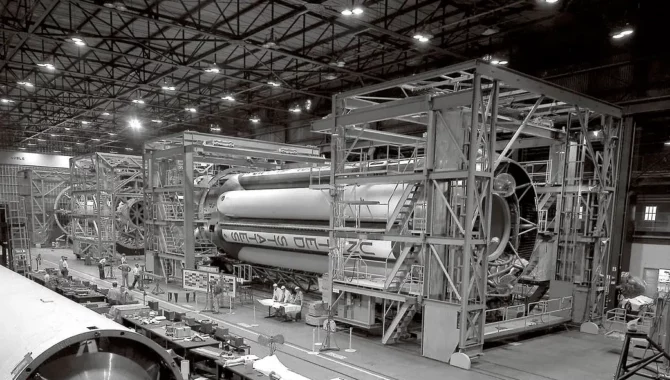
Astronauts struggled with EVA unit and docking target during three-day mission overshadowed by pre-launch accident.

Astronauts struggled with EVA unit and docking target during three-day mission overshadowed by pre-launch accident.

Debates about what would follow the Moon landing lead to the development of NASA’s first space station.

First flight of Challenger includes the first spacewalk of the shuttle program and an important test of a new generation of spacesuits.

Maxime Faget built on groundbreaking work by H. Julian Allen to shape the future of NASA space exploration.

Long envisioned in science fiction, NASA’s Manned Maneuvering Unit was built to support critical tasks during the shuttle era.

The nation chooses to reduce spending after Apollo, focusing on a versatile, reuseable spacecraft for low-Earth orbit.

Team met technical challenges to gather first data from another planet.

The shuttle program’s first crew of 6 works around the clock in a mission of firsts, then overcome daunting challenges to return safely.

Saturn I-A was the bold first step in a giant technological leap.